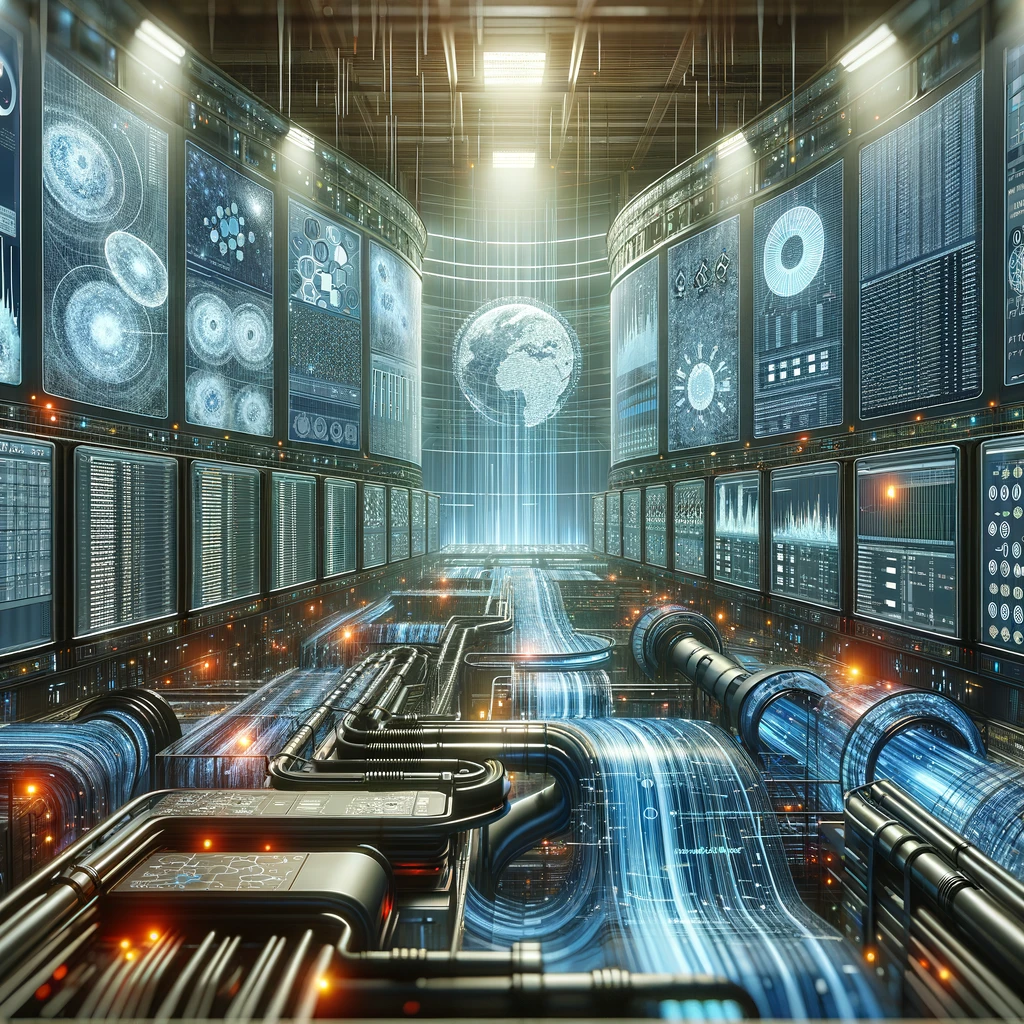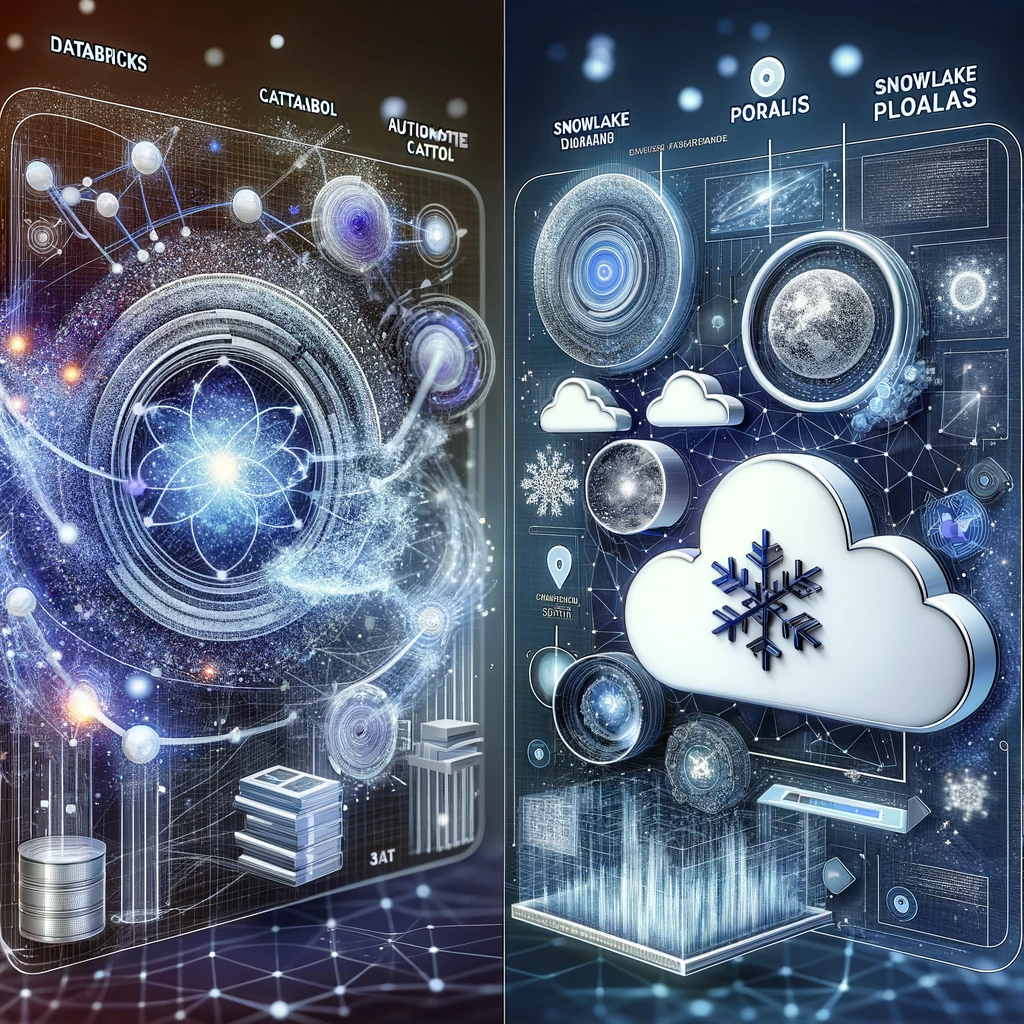
Depth Estimation Techniques in Computer Vision
Explore how Mask2Former revolutionizes panoptic segmentation in computer vision by unifying semantic and instance segmentation for precise scene parsing, utilizing a transformer architecture for enhanced accuracy and flexibility across various applications.

Preface
At Orchestra we’re focused on making data engineers’ lives easier by building an innovative consolidated orchestration and observability platform. The advantage of having a single control plane is that architecturally, you as a data team aren’t paying 50 different vendors for 50 different compute clusters, all of which cost time and money to maintain.
For too long, having a slick UI for rapidly building pipelines, end-to-end lineage, and visibility of exactly what’s going on in your data estate have been features of a data platform reserved only for large companies with big budgets. You can get started with Orchestra for free and can see it in Action here
Want to see how Orchestra is saving Data Teams hours building and maintaining Data Products? Check us out below.
Introduction
Depth estimation is a crucial technique in computer vision that allows machines to perceive the world in three dimensions, similar to human vision. This capability is fundamental for various applications, including autonomous driving, augmented reality, and robotics. By accurately estimating the depth of objects from images or video sequences, systems can make more informed decisions about object classification, collision avoidance, and scene understanding.
Why Depth Estimation Matters
Depth estimation provides essential insights into the environment that are not possible with traditional 2D images. For example, in autonomous vehicles, depth perception enables the car to understand the distance of obstacles, which is crucial for safe navigation and maneuvering. In augmented reality systems, depth estimation allows for the seamless integration of virtual and real worlds, creating a more immersive experience for the user.
Techniques for Depth Estimation
There are several techniques used in computer vision for depth estimation, each with its advantages and applications:
- Stereo Vision: This method uses two cameras spaced apart to simulate human stereoscopic vision. By comparing the images from the two cameras, the system can calculate the depth of each point in the image. This technique is widely used in applications where high accuracy is required, such as in robotics and 3D modeling.
- Structured Light: This technique involves projecting a light pattern onto the scene and observing how the pattern deforms on surfaces. By analyzing these deformations, the system can deduce the depth information of the scene. This method is commonly used in handheld scanners and other close-range systems.
- Time-of-Flight (ToF): ToF cameras measure the time it takes for a light signal to travel to the objects and back to the camera. This direct measurement provides accurate depth information and is used in applications such as gesture recognition and interactive gaming.
- Monocular Depth Estimation: This technique uses machine learning models to estimate depth from a single image, mimicking human depth perception based on visual cues and previous knowledge. This method is particularly beneficial for devices where space or cost constraints limit the use of multiple cameras, like smartphones and tablets.
Implementing Depth Estimation
Implementing depth estimation involves selecting the appropriate technology based on the application’s specific needs and constraints. Factors such as accuracy requirements, environmental conditions, and hardware limitations play a crucial role in determining the most suitable depth estimation technique.
For developers and engineers looking to integrate depth estimation into their systems, starting with a clear understanding of the different techniques and their trade-offs is crucial. Experimentation with different setups and configurations can also help in optimizing the system for specific applications.
Conclusion
Depth estimation is a transformative technology in computer vision, opening up new possibilities across various industries. Whether it's enhancing user interactions in augmented reality, improving safety in autonomous vehicles, or enabling more sophisticated robotics, depth estimation plays a pivotal role in advancing how machines perceive and interact with the world.
Find out more about Orchestra
Orchestra is a low-code data orchestration and data observability platform. It’s also a build any DAG you can build in Airflow using orchestra. You can use it to solve many use-cases and solutions like swiftly building data products, preserving data quality, and even data governance. Our docs are here, but why not also check out our integrations - we manage these so you can get started with your pipelines instantly. We also have a blog, written by the Orchestra team + guest writers, and some whitepapers for more in-depth reads.
Hugo Lu's Medium
Hugo's personal acclaimed blog on data
The Orchestra Blog
How to elevate data operations using data release pipelines
Newsletter Substack
Orchestra Staff's Weekly Picks
Data Leadership Substack
Blog and resources about how to successfully lead a data team
Sign Up To Our Mailing List
Stay informed on the future of data orchestration and lineage
.webp)

